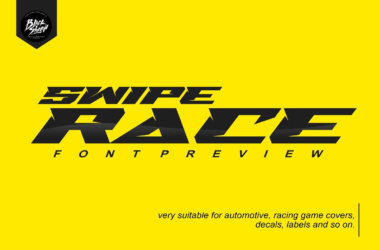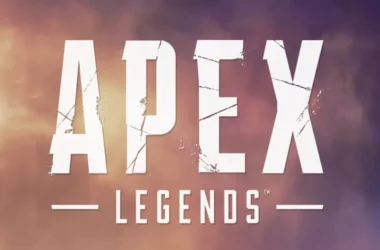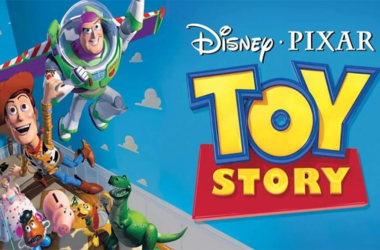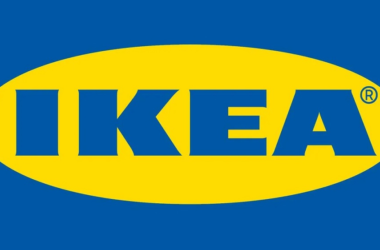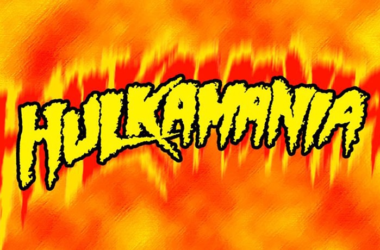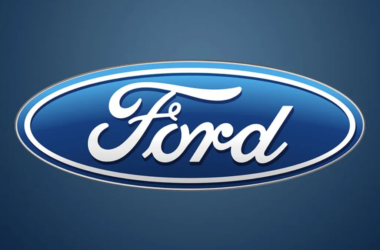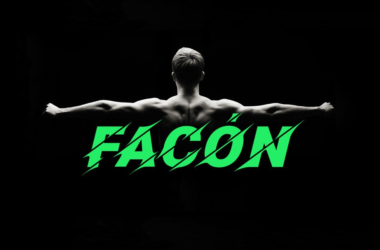Street Fighter Font

Street Fighter font is a dynamic and bold typeface, originally inspired by the logo of the iconic “Street Fighter” video game series developed and published by Capcom.
This font captures the energy and impact of the game through its strong, angular letterforms and aggressive styling, making it a popular choice for designs related to gaming, action, and adventure themes. Its distinctive style conveys motion and combativeness, embodying the spirit of the street fighting competitions that define the game series.
You can find more free Games fonts here.
Uppercase, Lowercase & Symbols Font
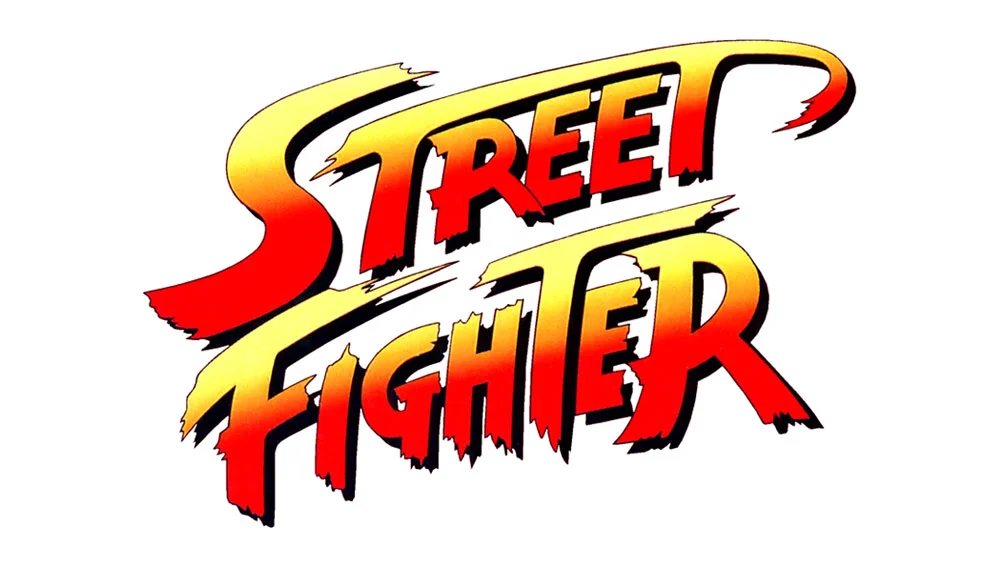
History of Street Fighter Font
Street Fighter series first burst onto the scene in 1987, birthing a cultural phenomenon that expanded from the video game industry to movies, cartoons, comics, and other multimedia. From the beginning, the game’s logo and interstitial design heavily influenced 80s and 90s urban and subcultural aesthetics, laying the foundation for what would become one of the most recognized fonts in the gaming world.
Birth of Street Fighter’s Distinct Typography
We owe the origin of Street Fighter Font’s distinctive typeface to the classic arcade cabinets and game packaging art. With sharp, angled strokes, it embodied the raw energy and martial arts essence of the game. Compared to the more rounded and subdued fonts of its contemporaries, Street Fighter’s typeface was bold, brash, and unapologetically loud—much like the game’s intense combat sequences.
Evolution of Street Fighter Font
Much like the game’s characters, the font evolved, incorporating newer nuances and capabilities of digital display technology without losing its core identity. In Street Fighter’s many iterations and spin-offs, including the wildly popular Street Fighter II, the font continued to adapt, adding flourishes, gradations, and effects to keep it fresh and relevant amid a rapidly changing design landscape.
Elements of Street Fighter Font
Street Fighter font is not just a mere typeface; it’s a powerful expression of the game’s dynamic essence. Here are some key elements that define its style:
- Boldness: The font’s primary characteristic is its boldness, which reflects the game’s intense action and competitive nature.
- Angularity: Unlike more traditional typefaces, Street Fighter font features sharp angles and pointed edges, mimicking the game’s focus on martial arts and combat.
- Vibrant Colors: Often seen in bright, energetic colors, the font captures the game’s lively essence, setting the mood for an unforgettable gaming experience.
- 3D Effects and Shadowing: To add depth and make the typography pop, designers frequently employ 3D effects and shadowing, enhancing its visual impact on game titles and promotional materials.
- Variety in Stylization: Across different versions and spin-offs, this font varies, incorporating different styles and elements like flames or electric surges to align with particular themes or characters.
Applications of Street Fighter Font
Beyond the game itself, Street Fighter font has found a home in various forms of media and art, showcasing its versatility and enduring appeal.
1. Merchandising and Branding
Merchandise for the Street Fighter series is a vibrant testament to the font’s brand appeal. T-shirts, mugs, posters, and countless other items all feature the game’s signature typography. The font has become an integral part of the brand’s visual identity, a symbol of the franchise’s ethos of guts and glory.
2. Design Inspiration
For graphic designers, Street Fighter’s font provides rich inspiration. Its energetic, combative nature can add excitement and an edge to any design, making it a go-to choice for projects that demand a punchy aesthetic. Whether it’s a splash page for a martial arts event or the branding for a new fighter apparel line, Street Fighter font can deliver knockout results.
3. Pop Culture Crossover
This font has transcended its gaming origins and been welcomed into the broader pop culture. Music videos, album covers, and street art have all incorporated the font to evoke the game’s spirit and pay homage to its legacy. It’s a mainstay of retro-chic and a bridge between the neon-lit arcades of yesteryear and the modern design landscape.

